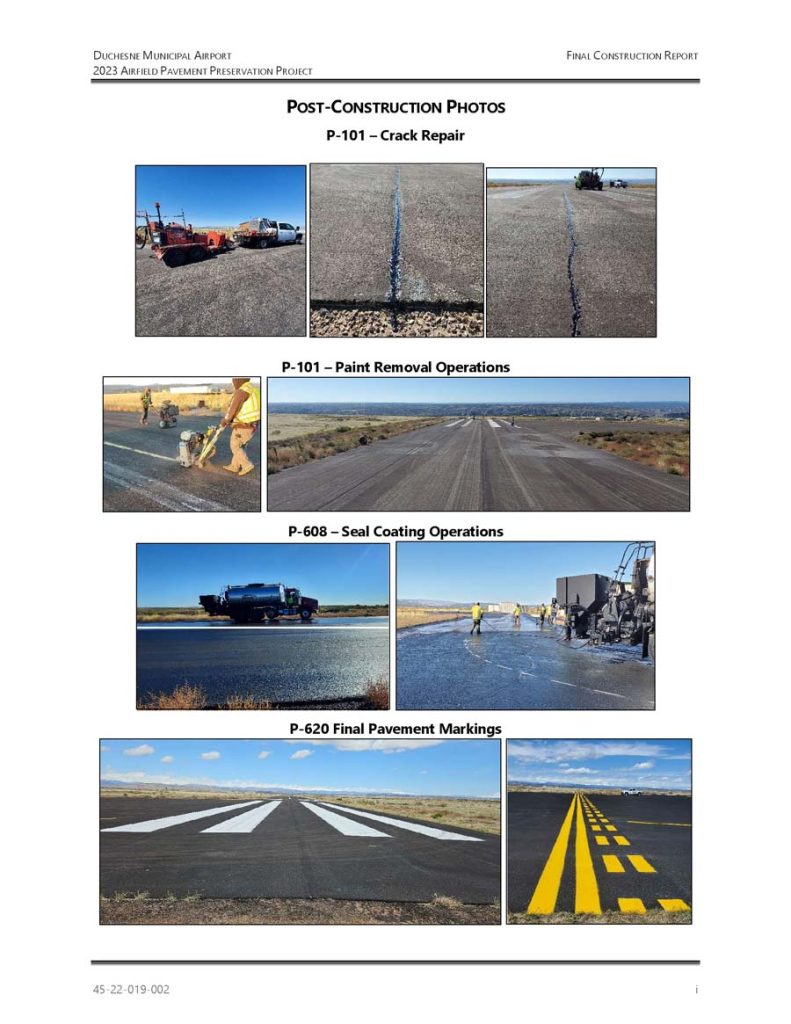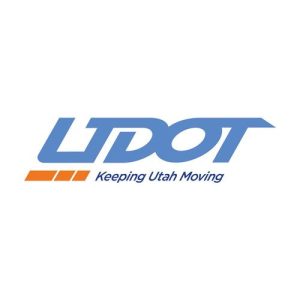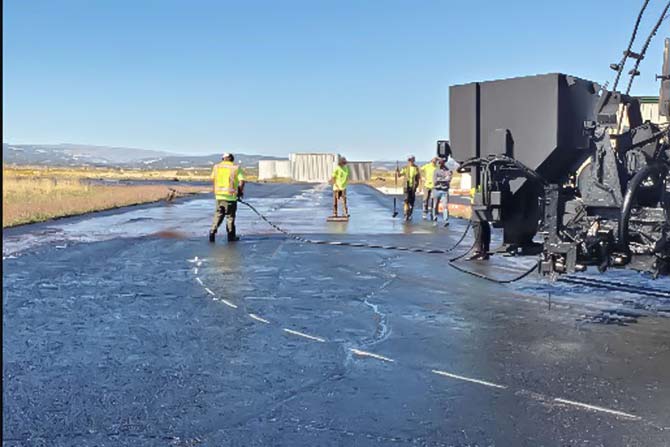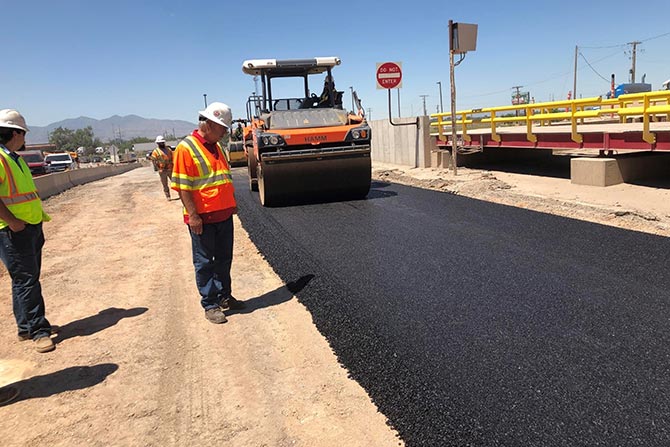Pavement preservation is a long-term strategy that involves applying a series of low-cost treatments every few years to an asphalt pavement segment to effectively delay further deterioration and extending the lifespan of our roads. Pavement preservation typically begins within three to four years after new construction and does not increase the structural capacity or remove/replace existing asphalt structure.
Asphalt roads begin deteriorating after they’re constructed from exposure to environmental factors: Water infiltration, freeze-thaw cycles, varying traffic loads and solar radiation. However, we are now experiencing more dramatic weather, which takes an additional toll on our country’s roads; in many states we’re now experiencing flooding, excessive heat waves and, in some areas, record cold for longer periods of time. Just this month, we experienced the hottest day ever recorded on Earth.
Over the last few years, attention has been growing on the impact of extreme weather and the long-term impacts of climate change. The term “resilience” has generally come to represent this adaptation/recovery ability. In the last decade, resilience has become a priority consideration in the planning, design, construction, operations and maintenance of infrastructure, including, of course, asphalt.
However, pavement preservation has never been more important, even with the focus of newer and better products and applications. Typically, pavements perform well under loads until a particular point in their life spans and then deteriorate precipitously and eventually fail. The road is then either rehabilitated or totally reconstructed. However, extreme weather is adding challenges to extending the life of our roads.
The typical life of an untreated road is 20 years. It will drop 40% in quality over the first 75% of its life. For the next 12% of its life, it will drop another 40% in quality.
All roads pass a point of accelerated deterioration, and once it is past the point of accelerated deterioration, your only options are costly rehab and reconstruction.
By investing in preventative treatments, municipalities and private owners can inexpensively add life to their pavement. By performing the right treatments over time, pavement owners can double the life of their asphalt pavements at a much less lifetime cost.
Several studies have found that you can save between $6 and $10 in future pavement rehabilitation costs for a dollar spent on pavement preservation. Pavement preservation is also a greener and more cost-effective approach to getting the most life out of our roads and making taxpayer dollars go further. In addition to cost efficiency, a pavement preservation approach produces fewer greenhouse gas emissions, consumes less energy and provides quicker application times than the alternative conventional approach.
Future pavement preservation research focuses on developing durable, environmentally friendly and cost-effective solutions tailored to specific climatic and traffic conditions. Future preservation aims to provide government agencies with tools to make data-driven decisions in their pavement preservation programs.
Pavement preservation is best done when choosing the right treatment for the right road at the right time. Preserving our road infrastructure is at the core of continued economic, urban and rural development perspectives.
Local Projects
Duchesne Municipal Airport
Design kicked off in May 2023 and was presented to the Duchesne City in June 2023 for review and approval. Base Bid Schedule work included, crack repair, pavement marking removal, application of an emulsified asphalt seal coat (satisfying FAA’s P-608 Specification) and reapplication of pavement markings on approximately 45,600 SY of airport pavements including Runway 17/35, and associated connectors and Apron. Because the base bid included application of P-608 seal coat to the runway, a runway friction test was required and completed. The project construction limits were entirely contained within the Airport’s existing property boundaries. No nonstandard conditions were addressed with this project.
Construction Bid: $173,980

Escalante Municipal Airport
Rehabilitate Runway (60’ x 5,032’), Taxiways and Apron work will consist of performing pavement preservation on the runway, taxiway network and the apron. Markings will be removed, cracks will be routed, cleaned out and filled with crack seal. Following the crack sealing, a rejuvenating seal coat will be applied, the pavement markings will be repainted and Type I, Gradation A glass beads will be applied.
Construction Bid: $188,170
Green River Municipal Airport (2023 project)
The Green River Municipal Airport Project constructed two schedules containing defined tasks to be performed on Taxiway A4 and Runway 13/31. Bids were received from two participating contractors. Both contractors included individual detailed estimates of their costs to complete the tasks delineated in the schedule. The lowest overall bid was submitted by, and the contract was awarded to Kilgore Companies dba LeGrand Johnson. Schedule I involved the removal of Taxiway A4 and rehabilitation work on Runway 13/31. The pavement removal/rehabilitation work included pavement removal and pulverization, compaction, asphalt paving, grading, friction testing and remarking.
Construction Bid: $327,361
Price Municipal Airport
The construction performed under Schedules I through III of this project was funded by UDOT Aeronautics Division at 90% participation with the local share at 10% and included the following work:
- Runway 1-19 and Taxiway A Pavement Maintenance
- Runway 15-22 Pavement Maintenance
- Apron Pavement Maintenance
Construction Bid: $309,678
Roosevelt Municipal Airport
2024 Airfield Pavement Preservation Project 45-23-009/002 1
Work Items Constructed: The project consisted of design, bidding and construction phases for crack sealing, seal coating and re-marking of various airfield pavement areas within the property boundaries at the Roosevelt Municipal Airport, located just west of Roosevelt, Utah. Design kicked off in February 2024 and was presented to Roosevelt City Corporation in March 2024 for review and approval. Base Bid Schedule work included, crack repair, pavement marking removal, application of an emulsified asphalt seal coat (satisfying FAA’s P-608 Specification) and re-application of pavement markings on approximately 114,500 SY of airport pavements including Runway 7/25, parallel Taxiway A and associated connectors and Apron. Because the base bid included application of P-608 seal coat to the runway, a runway friction test was required and completed.
Construction Bid: $267,670









